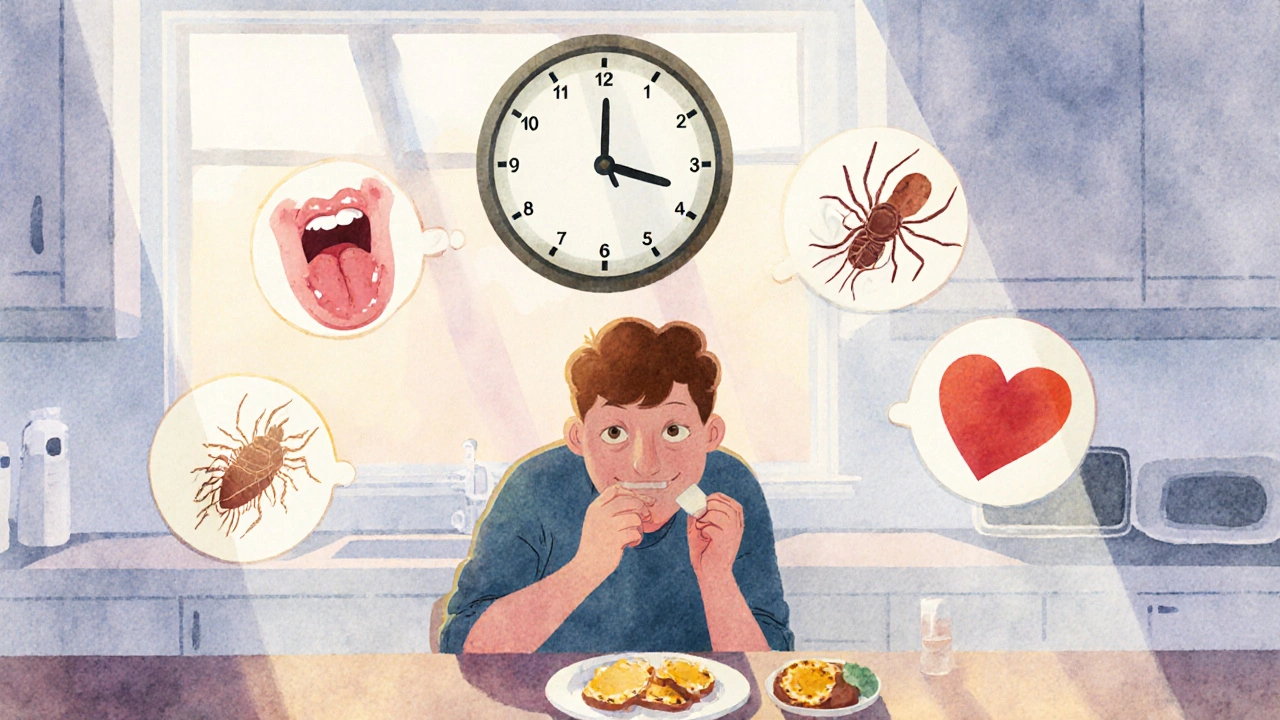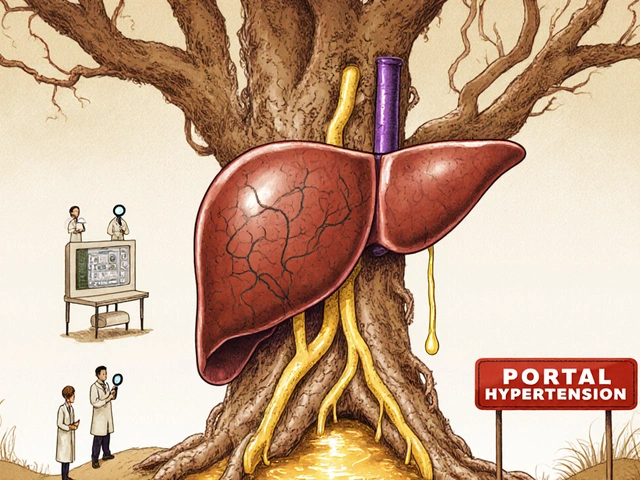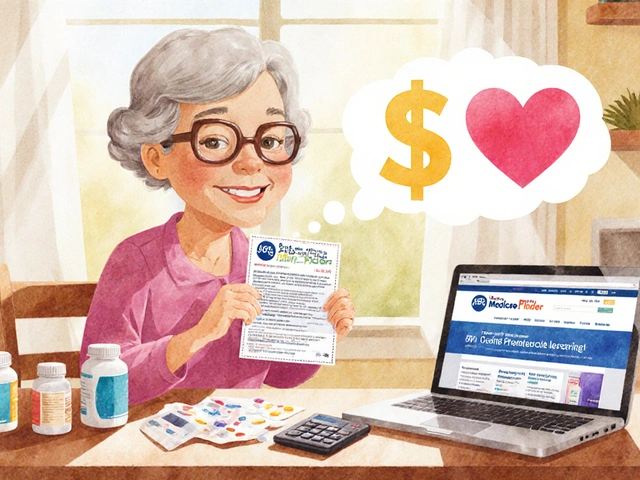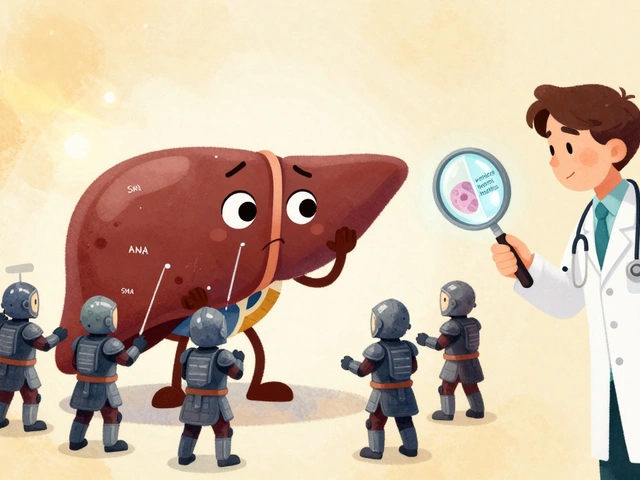
Drug Reaction Timeline: How Long Do Side Effects Last and When Should You Worry?
When you take a new medication, your body doesn’t always react the way the label promises. A drug reaction timeline, the pattern of when side effects appear, peak, and fade after taking a medicine. Also known as adverse drug reaction timing, it’s not random—it follows patterns doctors use to tell if a symptom is harmless or dangerous. Some reactions hit fast—within minutes. Others creep in over weeks. Knowing the difference can save you a trip to the ER or help you avoid stopping a drug you actually need.
Take allergic drug reactions, immune system responses to medication that often cause rashes, swelling, or breathing trouble. These usually show up within an hour of taking the pill, sometimes even during the first dose. If you get hives or your throat closes after taking antibiotics like penicillin or sulfa drugs, that’s a red flag—call 911. But if you get a mild rash days later, it might just be a non-allergic side effect. Many people confuse the two. The drug onset time, how quickly a medication starts causing side effects after ingestion is your first clue. For example, nausea from opioids like oxycodone often hits within 30 minutes and fades in a few days as your body adjusts. But if it keeps coming back after two weeks, something else might be going on.
Then there are delayed reactions. Some drugs, like carbamazepine or allopurinol, can cause serious skin reactions like Stevens-Johnson syndrome—but not until 10 to 20 days in. That’s why doctors ask you to watch for new rashes or blisters even if you’ve been on the med for weeks. Liver damage from statins? It can take months to show up in blood tests. And then there’s the weird stuff: antidepressants that cause insomnia the first night, or blood pressure pills that make your ankles swell after three weeks. These aren’t always allergies. They’re just how your body responds to the chemistry.
The drug reaction timeline isn’t one-size-fits-all. Age, liver health, other meds you’re taking, and even your genes change how fast your body processes drugs. Someone on multiple prescriptions might have a reaction that looks like a cold—but it’s actually a drug interaction. That’s why tracking when symptoms started matters more than you think. Write down the date you started the new pill and the date your weird symptom showed up. That’s the timeline your doctor needs.
Below, you’ll find real-world comparisons of common medications and their typical reaction patterns. Whether you’re dealing with nausea from opioids, a rash from antibiotics, or swelling from heart meds, you’ll see exactly what’s normal, what’s not, and what to do next—no jargon, no guesswork.
-
28 Oct







